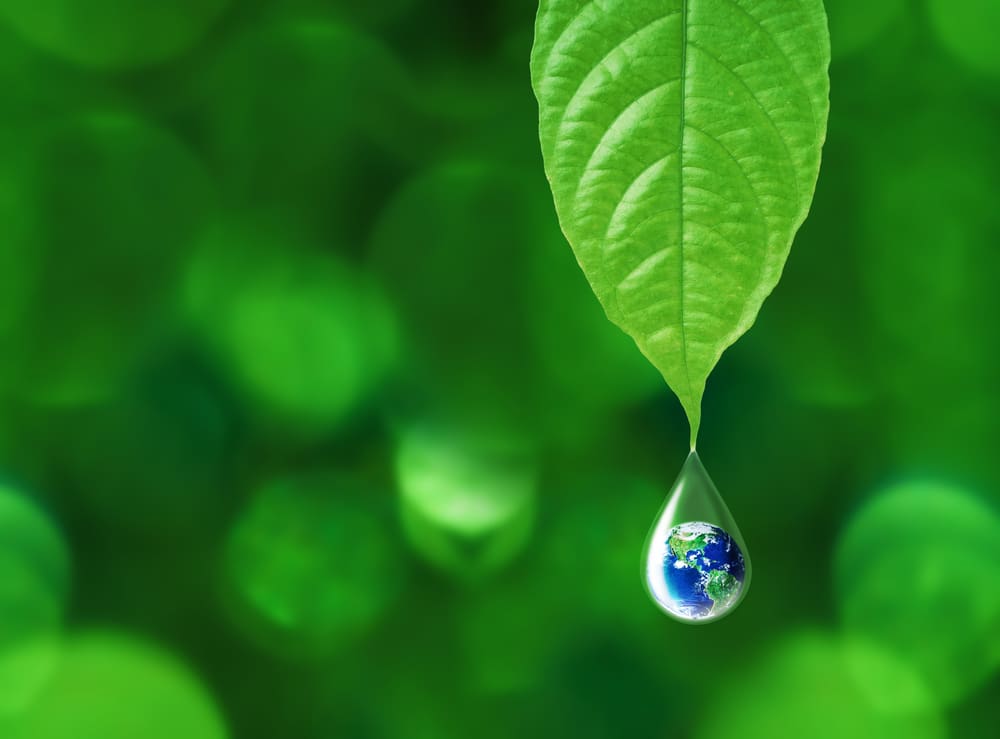
I was reading an interesting article last week on Eco Anxiety and how it is being felt by Generation Z. I have been curious to read an article like this one given the dire circumstances our environment is in these days. As school-aged children take in the news, I have been curious as to how they are dealing with the news and what it all may mean for their future on Earth.
The term eco-anxiety was new to me, but it also seems to capture the concern well. It’s a term coined and defined as “chronic fear of environmental doom.” With wildfires burning out of control, hurricanes destroying major cities on a regular basis, mass migration of people across the globe for political reasons, news headlines of starving wildlife, and the UN putting out reports that humans have 12 years to solve the crisis or we are all doomed, I can see why younger generations are feeling anxiety. What is their future going to look like if there is no planet to sustain them?
The article discusses in some depth how parents, teachers, and other adults can offer hope to the youth even when all of the news and statistics point to hopelessness. How does one manage her eco-anxiety?
It seems one of the best ways to help youth allay their alarmist fears is to talk about the environment in an open and honest manner. And to keep talking. Looking at the issue from a historical lens on how we got here and preparing them to critically think about ways to approach the environmental crisis differently than past generations. There is hope because they are young and have an opportunity to bring new ideas to the situation.
Still, managing eco-anxiety is something that all of us need to engage in. Even if we are middle to old age people, the planet is where we all live and her well-being parallels our own. So, instead of swinging from catastrophe to denying that there is a problem, finding a “middle space” where one can weigh up the issue and think through solutions on personal, communal, and societal levels seems to be a place of healthy management for one’s eco-anxiety.
I found it interesting to read in this article how young people feel resistant to having to take it on at all — that older generations should be the ones protecting them and the planet. They have homework to do, dates to make, sports to play, and colleges to apply for. Why should they have to be the ones to be bothered? Good question.
Being a member of Generation X, I can say, when I was young, I also wanted to enjoy my youth and time as a teen. When I say that no one worried about the environment back then, I really mean it. Recycling came in to the suburban neighborhoods sometime in the 80s and most people didn’t even engage in it too much. It was slow to dawn on any of us that we needed to stop using plastic, recycle, conserve resources, and more. Am I proud of this? No. Is this the same tug and pull Generation Z is feeling – yes. They too want the luxury of burying their heads in the sand and living life without these environmental cares.
And now time is running out. If some generation does not care, it is going to be too late. Still, balancing one’s own life with the greater concerns seems to be the way to manage eco-anxiety. Otherwise, Generation Z will become like all of the generations before — except the planet may not be able to sustain it.
The end of the article, a parent hugs her child and apologizes to her — apologizes for not having done something more to solve the crisis. I am not sure anyone needs to apologize, rather we need to dialogue honestly and work together to preserve our planet and maintain its health. Eco-anxiety will paralyze us into denial and overwhelm. Planet Earth will be more harmed by this more than anything else.
We are the hope.



